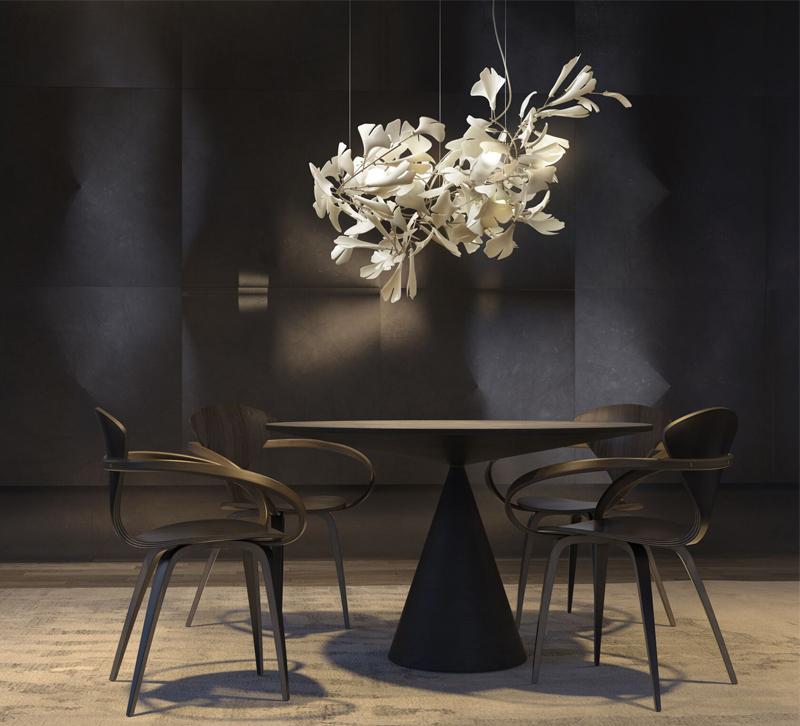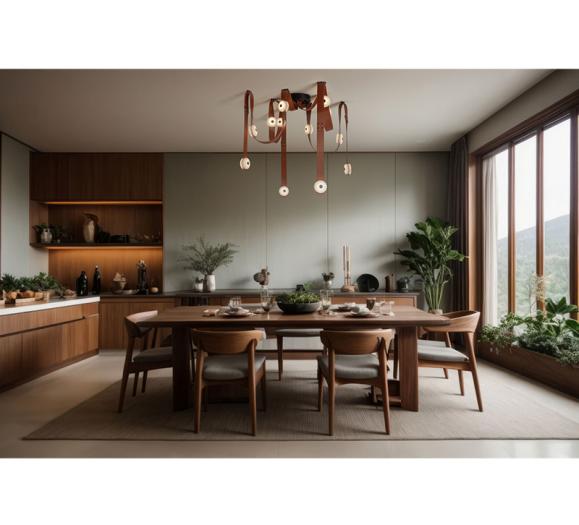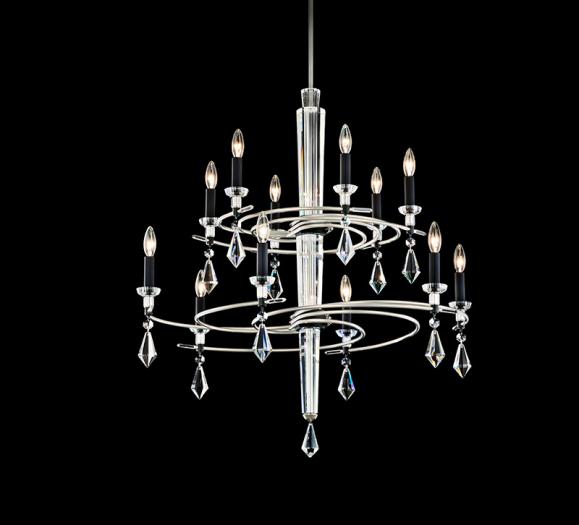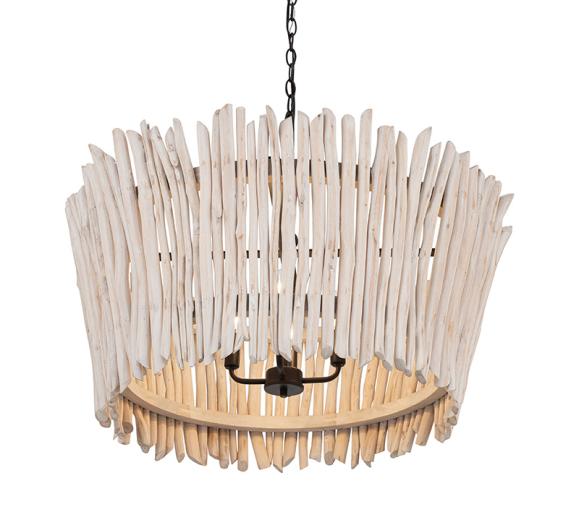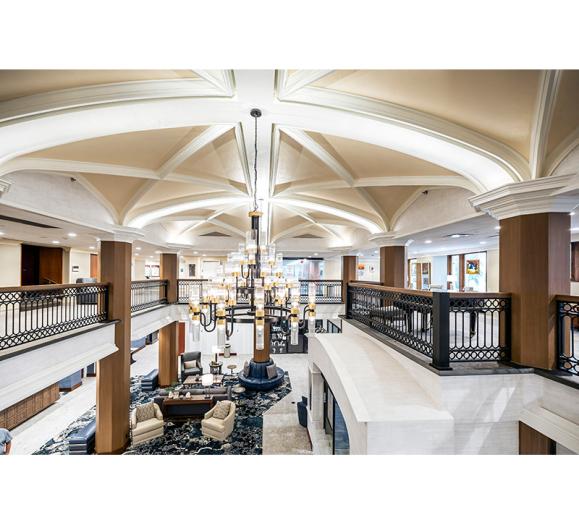While some might say that all lighting is a form of art in its own way, some lighting fixtures are especially artful, designed to catch the eye and add visual interest even when they’re not switched on. We chatted with Jeff Dross, Corporate Director, Education and Industry Trends at Kichler, to learn more about how technology has given rise to lighting that doubles as art and the ways today’s spaces are balancing form and functionality.
Lighting functioning as art has been enabled by the change from incandescent to LED light sources, Dross says. Advances in LED technology mean that less clunky wiring is needed, and lighting can be configured in a wider variety of ways.
“It has freed up designers to be a little bit more creative and not worry as much about the placement of the light bulb,” Dross says.
With fewer constraints on the lighting design process, more product designers at more companies are thinking outside the box and creating bold, sculptural lighting fixtures.
Another aspect of this growing trend, Dross notes, is the way we light spaces today compared to even 20 years ago. Whereas different spaces in a home used to have generally one type of lighting — a fluorescent box in the kitchen, a chandelier in the dining room, mushroom lights in the hallway — today, each room is more likely to have several lighting sources. With more functional options like recessed cans and toe kick lighting available, decorative pieces can be decorative for their own sake.
“When there was only one lighting fixture, you had to have a lot of function, and the beauty came along,” Dross said. “Now, I think we can probably see a reversal of that where maybe the beauty becomes the first and most important element of that particular piece and the function is a little bit lower in the responsibility level, because we know that there are other lighting sources in the home that are only functional.”
In both residential and commercial spaces, Dross says he’s seeing the lighting as art phenomenon most commonly in the form of chandeliers and sconces these days.
For interior designers looking to incorporate pieces of lighting that stand alone as art, Dross recommends picking your battles and not going overboard with too many statement fixtures.
With innovations in materials and technology, lighting fixtures designed for different spaces don’t have to serve one purpose or look one way anymore. As with any form of art, Dross says it’s all about making it personal to a space and having fun with it.
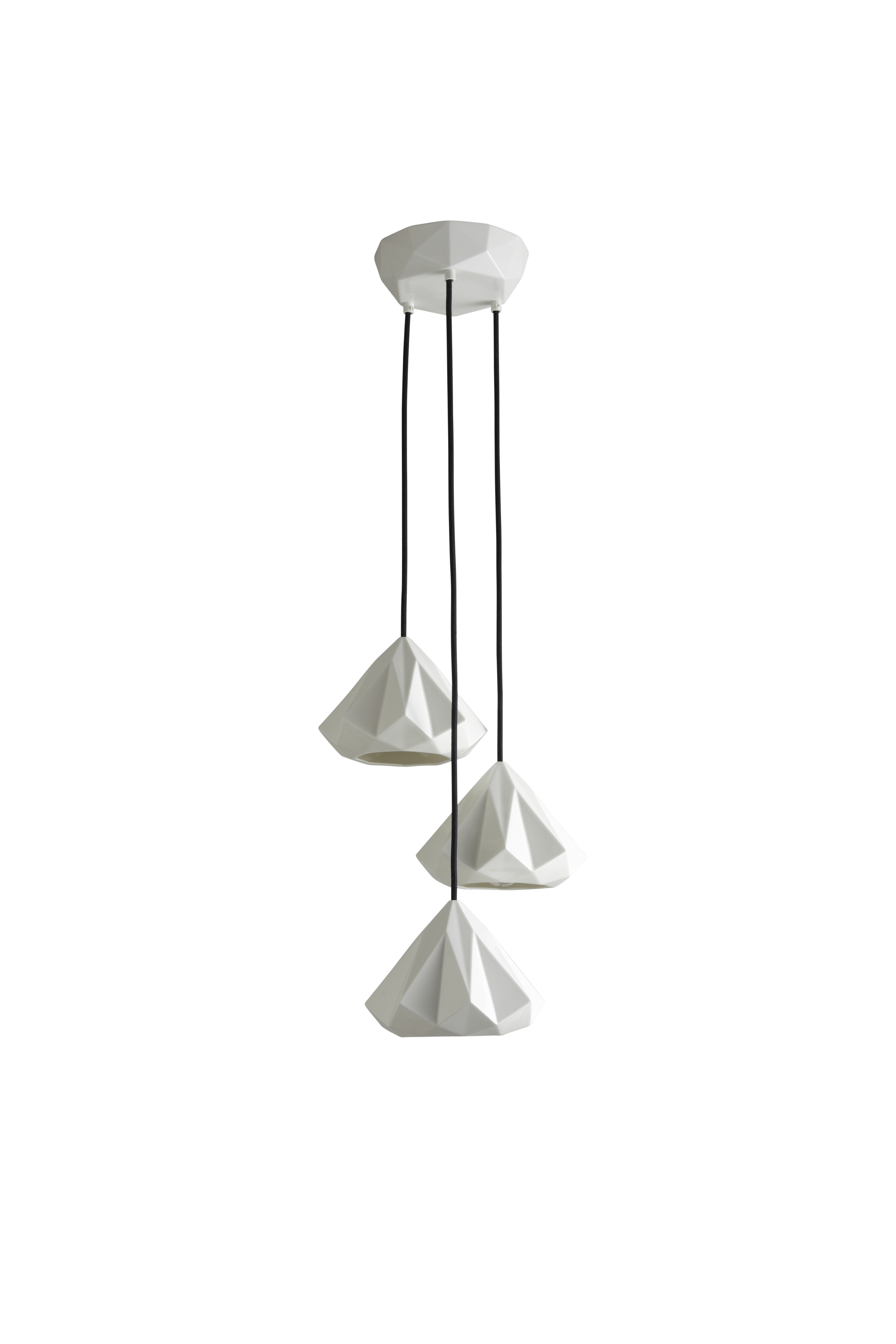
The Hatton 1 grouping of three pendant from Original BTC has an angular sculptural beauty, even when switched off.
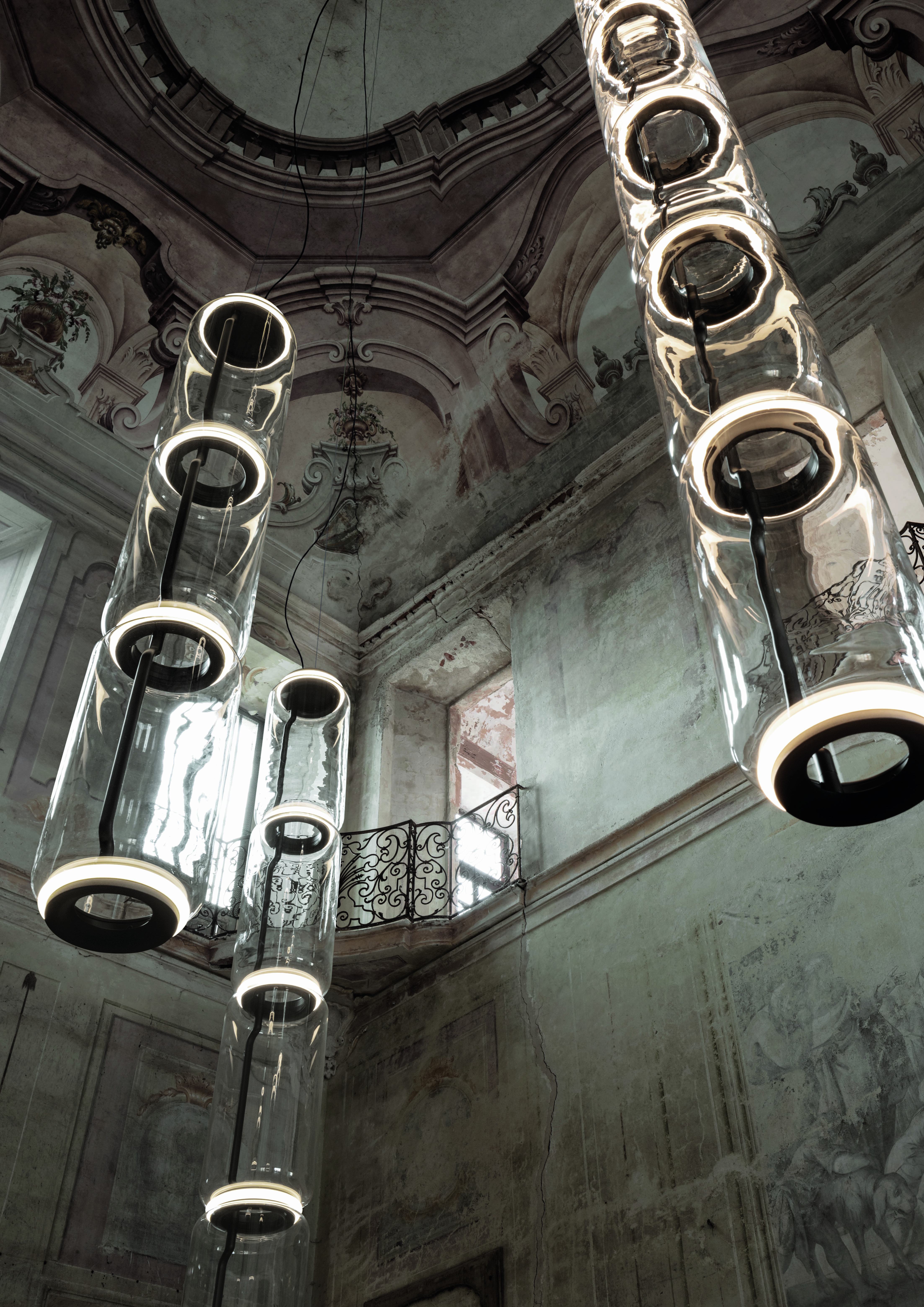
Noctambule by Konstantin Grcic for Flos is made from hand-blown glass, making it appear invisible during the day. At night, carefully hidden LED lights illuminate the fixture to create an impressive column of light.
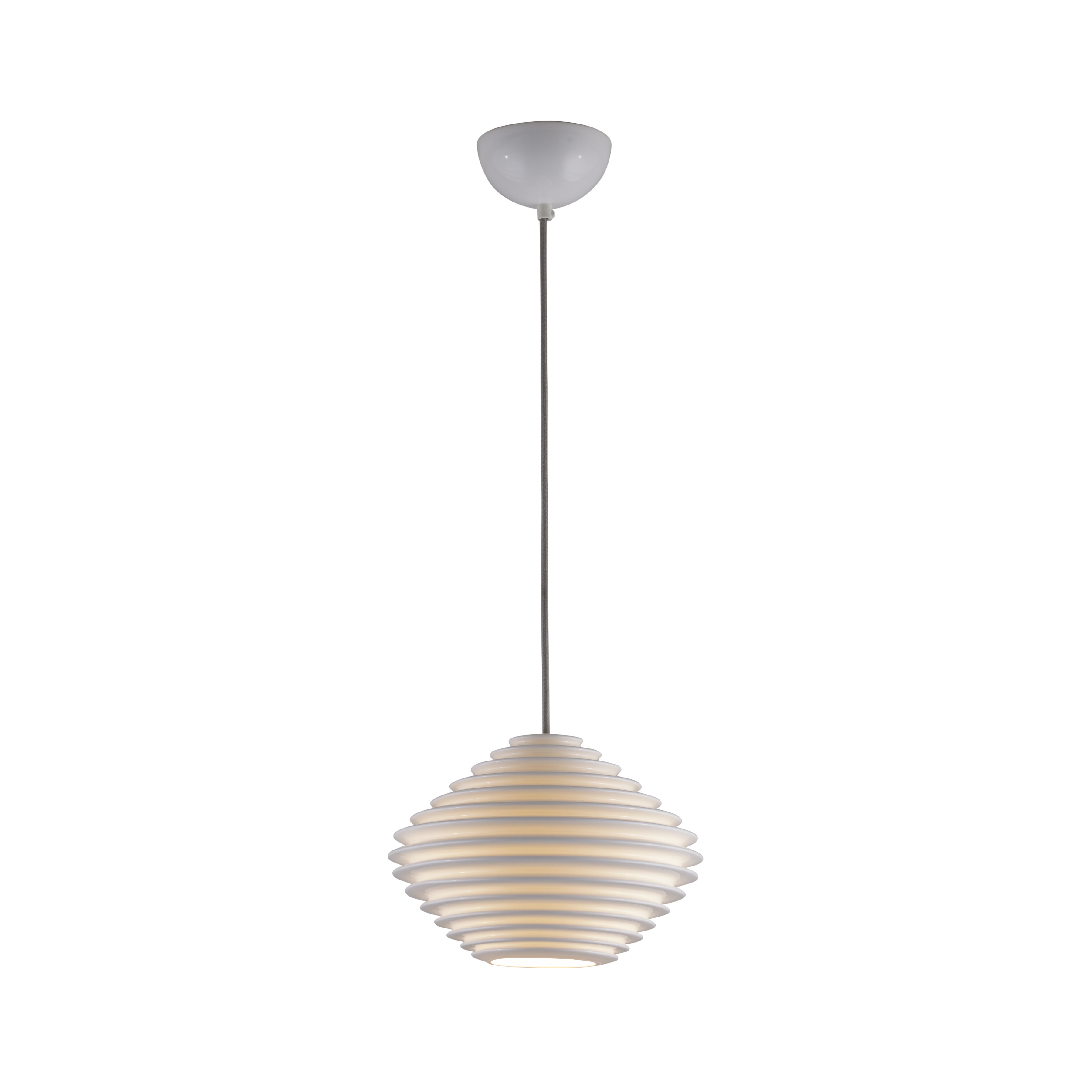
The father-and-son team behind Original BTC use production techniques that maximize the translucency, luminosity and versatility of bone china.
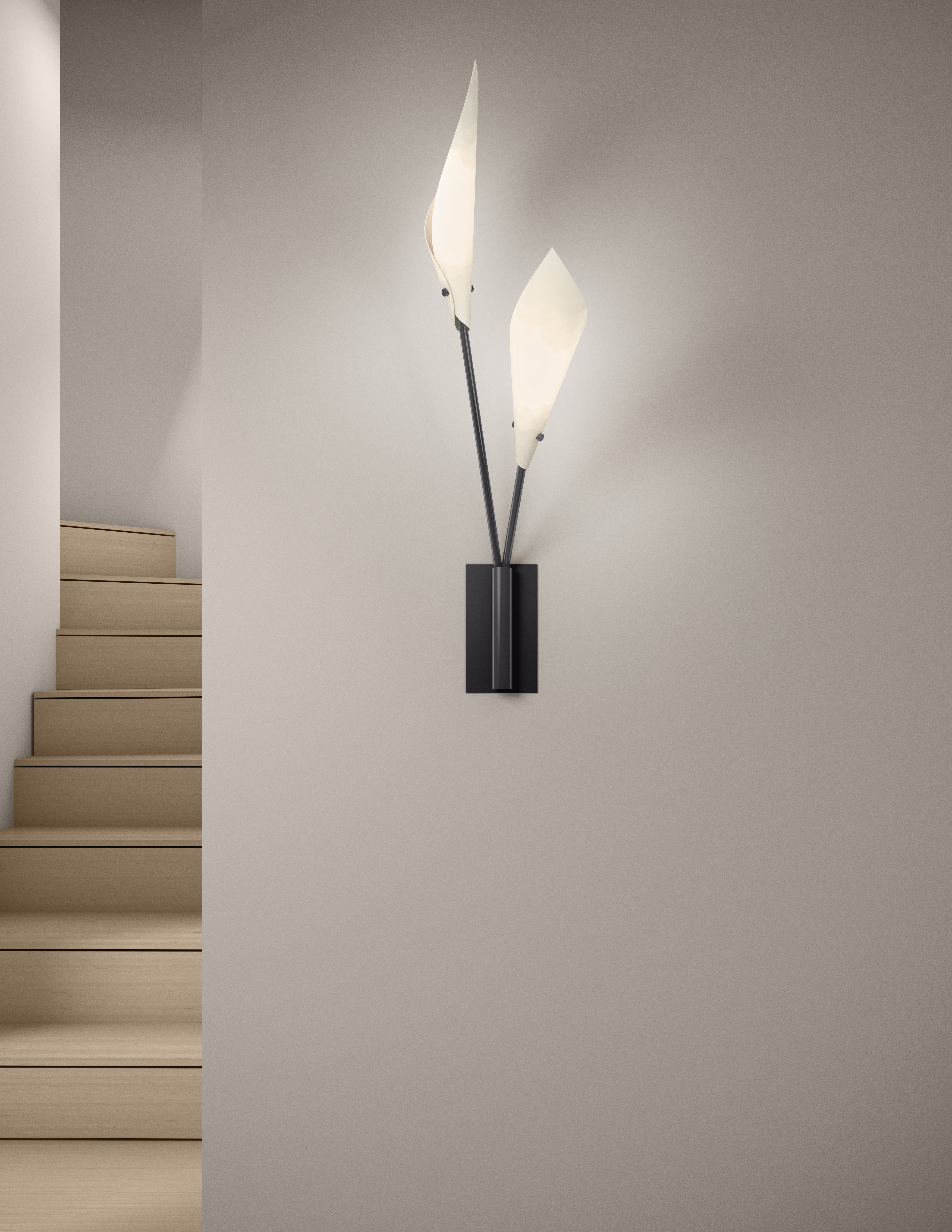
Reminiscent of the calla lily, the Calla sconce from Sonneman integrates organic influences while maintaining a sleek aesthetic.

From Kichler, the Charter vanity light has configurable arms for a wide variety of customizable looks.



